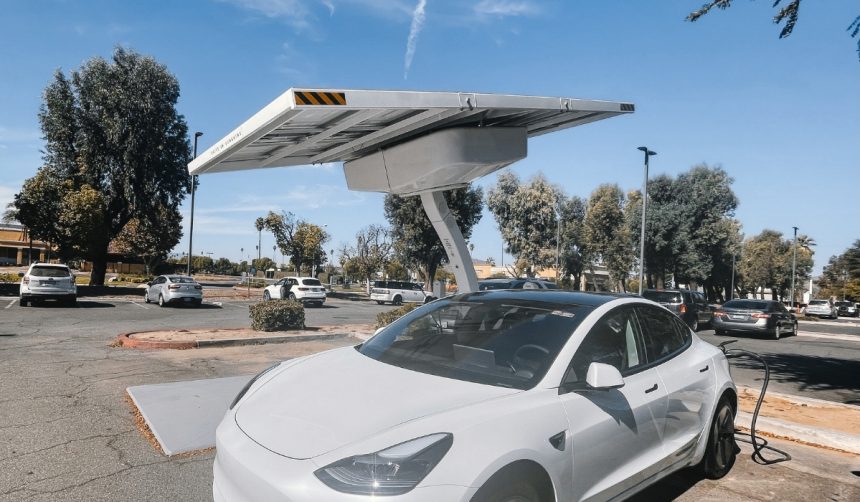Electric vehicle drivers traveling along the New Jersey Turnpike will soon see a major shift in charging infrastructure. The New Jersey Turnpike Authority (NJTA) has determined that Tesla will no longer operate its 64 Supercharger stalls on the toll road, impacting the landscape for drivers of Tesla and compatible vehicles. Charging access is a key concern for EV adoption, and this decision could complicate trips for thousands of vehicle owners in the region. Discussions between the NJTA and Tesla regarding expanded service offerings did not lead to a renewed agreement, despite offers to update Supercharger stations and provide universal charging options.
Similar removals of Tesla Superchargers have occurred elsewhere, though not at this scale on a major highway. In prior cases, multiple charging providers were permitted to coexist, giving drivers additional options. The move to select a sole provider on this heavily traveled route runs counter to recent approaches in other states that have supported collaborative or multi-provider charging networks in public spaces. This shift may alter EV charging dynamics not only for Tesla owners but also for future drivers considering electric vehicles.
Why Is Tesla Losing Its Superchargers on the Turnpike?
The NJTA has selected a single third-party operator to manage all electric vehicle charging stations across the turnpike, excluding Tesla from continuing its operations at these locations. According to Tesla, the Authority instructed the company to decommission all existing Supercharger stalls. The move marks an unprecedented removal of active EV infrastructure by a state-managed body. Tesla has voiced surprise at this outcome, noting ongoing efforts to provide wide-reaching and compatible charging solutions in the area.
What Steps Has Tesla Taken to Address This Decision?
Tesla indicated preparations have been underway for several years, with the company constructing 116 Supercharger stalls near the turnpike to offer an alternative for drivers. The company has updated its Trip Planner software to guide users to the nearest available charging stations. Additionally, Tesla proposed enhancements such as expanding Supercharger access to all turnpike service plazas and introducing equipment compatible with NACS and CCS1 connectors, aiming to serve a wider range of vehicles and operators.
Will This Affect EV Drivers and Infrastructure in New Jersey?
The decommissioning of Supercharger stalls on this primary East Coast corridor is expected to reduce charging opportunities for Tesla drivers and may result in greater congestion at remaining public chargers. Tesla has raised concerns regarding the impact on New Jersey’s goals for zero-emission vehicle sales, emphasizing potential setbacks in infrastructure development. In a statement, the company remarked,
“NJTA’s decision to remove, rather than add, critical charging infrastructure is a setback for New Jersey’s EV adoption goals of 100% Zero-Emission New Car Sales by 2035.”
Despite this, Tesla reiterated its willingness to invest further in the state’s charging network should local authorities reconsider.
Removing a significant number of Tesla Superchargers from a major interstate like the New Jersey Turnpike marks a notable divergence from broader trends that support infrastructure expansion and interoperability among charging networks. Unlike other projects where multiple brands maintain a presence, this decision may affect overall convenience and reliability for current and future electric vehicle owners. Ensuring robust and accessible charging remains vital not only to Tesla users but to the health of New Jersey’s broader EV ecosystem. Policymakers, charging providers, and automakers will be closely watched as they respond to evolving requirements in public electric vehicle infrastructure. Those planning EV travel along the corridor should check route-planning tools for updated charging options and consider alternate charging stops as necessary.










